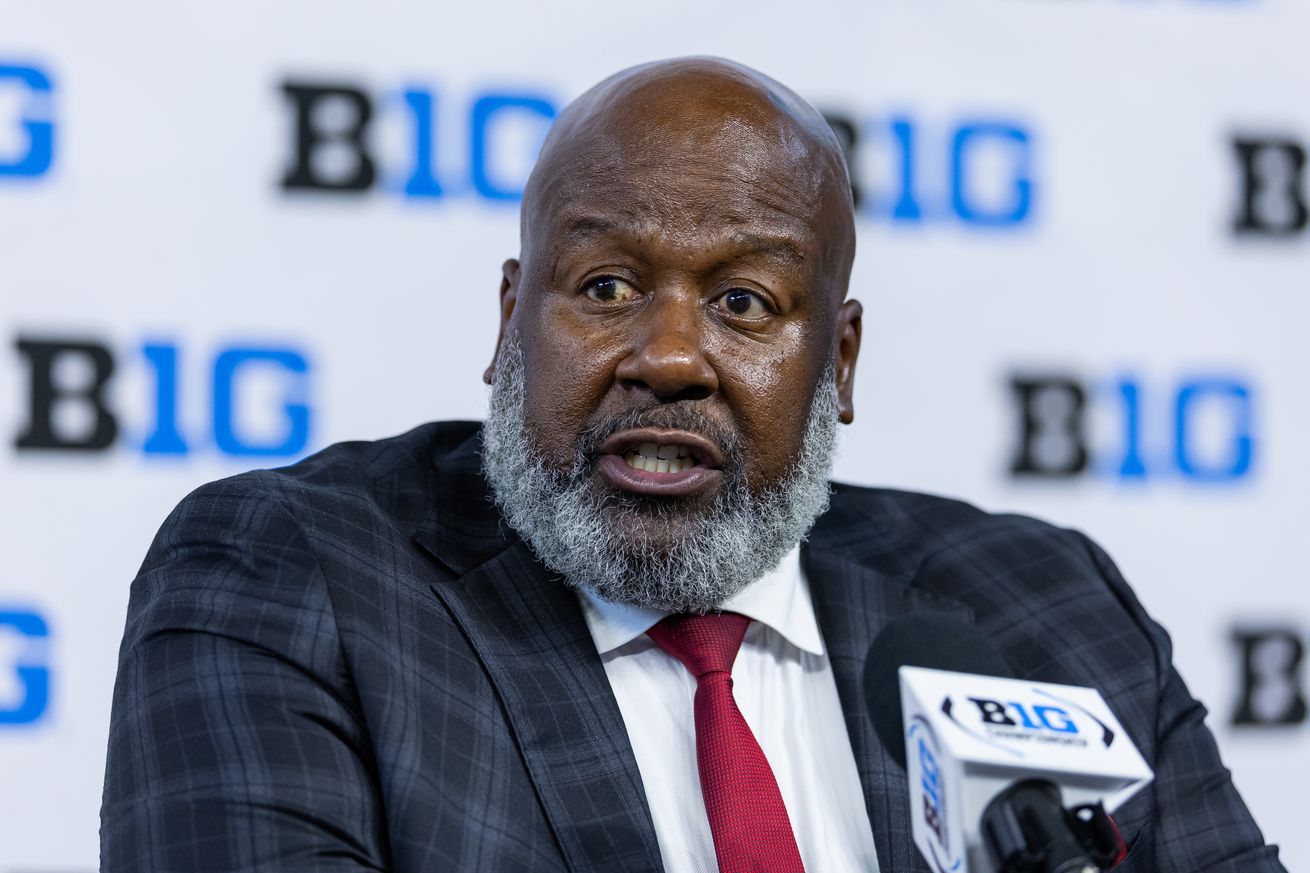
Like all college football teams, the Terps have had to adapt to the realities of the transfer portal.
Nearly 2,700 Division I football players entered the transfer portal in its initial cycle this winter. Inevitably, many more will enter during the spring window, which opens April 16.
For Maryland, which breathes the sentiment of being a “developmental program,” navigating the current climate of the sport provides an immense challenge.
“We’re gonna lose, I used to say 20 to 30 percent of our roster, but the way the landscape has shown me is I’ve got a new team every year,” head coach Mike Locksley said. “Every meeting we have with our team is a recruiting meeting, because you’re recruiting every player in our program every single day.”
Despite that, Locksley has constantly reiterated during his five years at the helm that the key to success is building his program through high school recruiting.
Maryland has had 14 players drafted by NFL teams since Locksley took over, all but four of which signed with the program out of high school. That number will increase in short time, with multiple Terps expected to be selected this year.
But nowadays, building a roster requires weighing the reality of the modern landscape of college football. That involves making moves in the always-busy transfer portal, which provides a challenge for Locksley and his staff.
As spring practice kicked off this year, Locksley spoke to the understanding that constructing a winning program has become more and more difficult — and will require change.
“I’ve learned to understand that we’re gonna lose players to the portal. Some we want to lose, some we don’t,” he said.
In November 2023, Maryland hired Merci Falaise as its general manager for player personnel, a position common in today’s era of immense roster turnover.
Looking at this Maryland’s transfer haul this year, it’s brought in six players — including a potential starting quarterback in MJ Morris. Those six commitments are more than Michigan and equivalent to both Penn State and Ohio State, all three of which are perpetually among the top teams in the Big Ten.
Make no mistake, Maryland continues to work behind Locksley’s goal of being a developmental school, with it signing 24 players in the 2024 high school class, with the group ranked No. 39 in the nation by 247Sports. But it’s become clear that future rosters will be assembled differently than ever before.
Maryland lost 63 players — and counting — to the portal over the past three years, with just 18 incoming players in return.
“One of the things that we’ve got to do as a program, we’ve got to sustain and retain players, you know?” offensive coordinator Josh Gattis said. “And I think that’s one of our biggest challenges that has led to some of the downfalls that we’ve had over the years.”
Gattis, a former Michigan staffer, realizes that developing players is important, but it’s also pivotal to work within the bounds of the sport’s de facto free agency to compete for championships.
Maryland’s ability to adapt will determine if it can reach its increasingly lofty goals and expectations.
